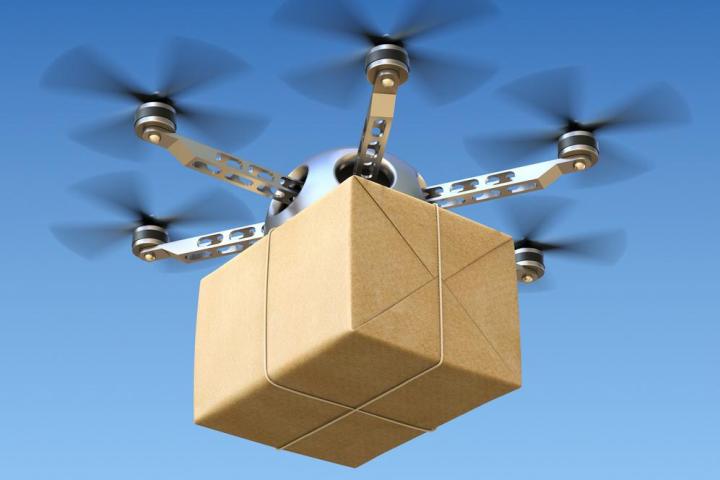
Launched by Google but now overseen by its parent company, Alphabet, investment in Project Wing has been scaled back, according to a Bloomberg report on Tuesday. Another report, this time from the Wall Street Journal, suggested two managers on the project had recently been “pushed out” amid team infighting.
The drone-delivery project also lost its leader in October with the departure of Dave Vos. Since then, according to Bloomberg, the company has reportedly stopped hiring for the unit, and even told some existing members to take up new positions elsewhere in the company.
It’s also said to have abandoned a partnership with Starbucks that would’ve seen its drones deliver coffee to customers, likely along the lines of a similar agreement it struck recently with Chipotle to deliver burritos to Virginia college students.
However, the failure of the Starbucks deal apparently has more to do with a disagreement regarding Alphabet’s wish to access Starbucks’ customer data rather than the result of any project cutbacks, an Alphabet employee told Bloomberg.
The scaling back of Project Wing’s efforts is reportedly part of wider budget cuts being made to X, the experimental unit of Alphabet that focuses on so-called “moonshot” projects.
Despite the reported setback, the X team is still hoping to make something of its airborne efforts and doesn’t appear to be abandoning the project entirely.
“Project Wing has the potential to remove a big chunk of the friction in how physical things are moved around in the world,” a spokesperson for the unit told Bloomberg, adding that X is now “developing the next phase of our technology, and as always are thinking in a very broad way about all the potential use cases for delivery by unmanned aerial systems.”
On top of that, X chief Astro Teller gave no hint in an interview published Tuesday that Project Wing was about to crash and burn.
It’s not the first time Alphabet’s drone project has taken a knock. Its debut flying machine, then under the guidance of Google, was scrapped in 2015 over design issues. In October last year the team revealed an all-new design, with Vos saying a month later that the company’s goal was to have a commercial drone-based delivery business “up and running in 2017.” However, if the Bloomberg report is accurate, that now seems highly unlikely.
Project Wing appears to still be airborne, it’s just that it’s really hard to work out which direction it’s flying in.
Editors' Recommendations
- Check out Wing’s largest delivery drone yet
- Drone delivery leader Wing heads to new country for next pilot program
- Wing builds bigger and smaller drones for more deliveries
- Wing drone delivery heads to first U.S. metro area
- Drone-delivery specialist Wing lifts the lid on its secret testing facility

